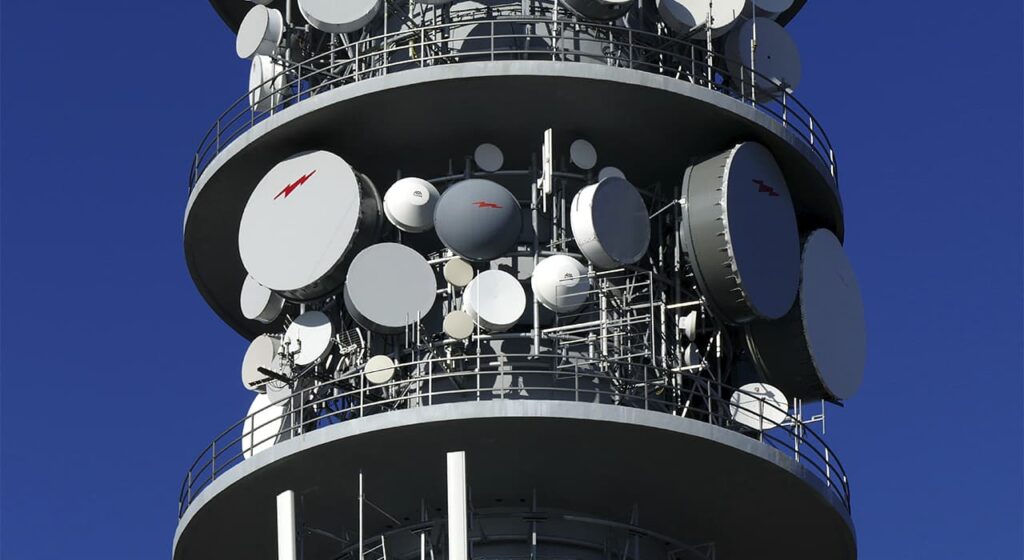Electromagnetic emissions are electromagnetic waves that propagate in space and are emitted by various objects.
The wave nature of radiation
Electromagnetic interaction between objects is subject to electromagnetic theory based on Maxwell’s equations. He assumed that electric and magnetic fields have closed lines of force – vectors of intensity, oscillating perpendicular to the direction of wave propagation. These waves propagating in space create an electromagnetic field. Their existence and wave nature were later proven experimentally.
An electromagnetic wave is an electric and magnetic field that mutually transform into each other.
Scale of electromagnetic radiation
Processes in space and the objects that are there generate electromagnetic radiation. The wave scale is a method of recording electromagnetic radiation.
A detailed illustration of the spectral range is shown in the figure. The boundaries on such a scale are conventional.
Electromagnetic wave types and their wavelength ranges
Type of wave Wavelength
Radio waves Over 1 meter
Microwaves 1mm to 1 meter
Infrared 700 nm to 1 mm
Visible light 380 nm to 700 nm
Ultraviolet 10 nm to 380 nm
X-rays from 5nm to 10nm
Wavelength ranges of electromagnetic waves
Infrared radiation
Between radio waves and visible light lies the infrared (thermal) radiation region. In industry this radiation is used for drying paint surfaces, wood, grain, etc. Infrared rays are used in remote controls, automation systems, security systems, etc.
Interestingly, many wildlife has a kind of “night vision device” that can perceive infrared beams.
Radio waves
Electromagnetic waves of the radio range are the most commonly used in technology. They are used in mobile communications, radio broadcasting, television, for detection and recognition of various objects (radiolocation), to locate objects (GPS-navigation, GPS-monitoring, etc.), to communicate with spacecraft, etc..
Microwave – a device that uses radio waves of high frequency (usually
Hz)
Radio waves have made human life much more comfortable. However, they affect the general condition of humans and animals, and the shorter the waves, the stronger the organisms react to them.
Microwaves.
Microwaves are most commonly associated with the microwave oven, and this is just one of many possible applications. They are produced by special electronic tubes. Microwaves propagate easily through the air, even under adverse atmospheric conditions (fog, precipitation). This is why they are used in radars, devices used to determine location. Radars are used in meteorology, for example to track rain clouds. Microwaves are also used in radio and satellite communications, i.e. between satellite and Earth (telephones, faxes, data transmission) and between satellites.
